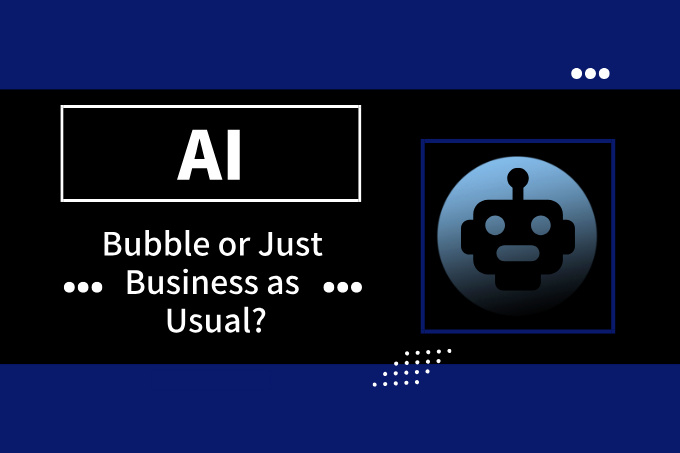
Is the AI boom turning into a bubble? Wall Street is starting to sweat that question, and for good reason. The industry is burning through cash at a rate nearly 10 times faster than revenue, and the race for computing power has become less like a marathon and more like a demolition derby.
The $1.5 Trillion Question
According to Gartner, global AI spending is set to top $1.5 trillion in 2025, with the U.S. and China hogging nearly 70% of the pie. The U.S. alone accounts for more than 55%, thanks to its tech giants and deep bench of engineers.
But here's the kicker: the arms race isn't about who has the best algorithm anymore—it’s about who can hoard the most Nvidia GPUs. For the past two years, the entry ticket to the AI party has basically been: "How many $60,000 Nvidia chips can you snag?"
OpenAI's Mega-Deals
No one embodies this frenzy more than OpenAI. The company has inked some jaw-dropping deals:
-
A $300 billion, five-year pact with Oracle for 4.5GW of cloud power.
-
A $100 billion, 10-year deal with Nvidia to deploy 10GW of computing muscle.
-
A side hustle with AMD, pledging to buy 6GW of Instinct chips—plus 160 million warrants at a penny apiece.
And just when you thought it couldn’t get wilder, OpenAI announced a Broadcom partnership to design custom AI chips (ASICs). The goal? Build a 10GW in-house chip system by 2029 and shift from "buyer" to "definer."
Bubble Trouble?
Here's where the bubble chatter kicks in. OpenAI's server rental bill is expected to hit $16 billion this year and could balloon to $400 billion by 2029. Revenue? A comparatively modest $13 billion. That math doesn’t exactly scream "sustainable."
Critics also point to "circular financing"—where suppliers like Nvidia and AMD invest in AI firms, only to see that money loop back into chip purchases. Morgan Stanley warns this structure is spreading across the sector, raising red flags about long-term stability.
Cloud Giants Feeling the Heat
It's not just startups. Oracle, which has reinvented itself as a cloud heavyweight, plans to pour $35 billion into data centers by 2026. But margins are already under pressure, with its cloud business missing profit expectations thanks to the high cost of deploying Nvidia chips. Investors noticed—Oracle's stock dropped 7% on the news.
Even Elon Musk's xAI is playing the same game, financing and leasing billions in chips, with Nvidia again in the middle of the loop.
The Bottom Line
So, is this an AI bubble? The spending is extravagant, the financing structures are eyebrow-raising, and the revenue gap is glaring. But unlike the dot-com or crypto manias, this one feels more like a boardroom bubble than a backyard one. Ordinary folks aren’t flipping GPUs on eBay; it’s the tech titans lighting cash on fire in the name of dominance.
If the bubble pops, the fallout may hit cloud providers, chipmakers, and mega-cap tech stocks hardest. For now, though, the AI arms race rolls on—because in this game, running out of computing power is the one thing scarier than running out of cash.
